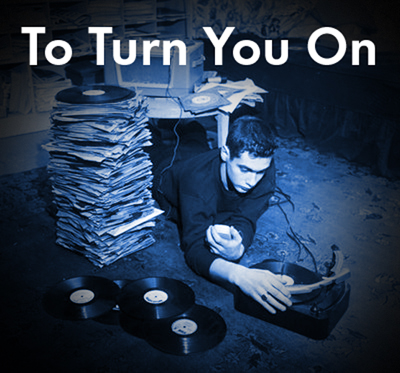 A recent little review of a singles compilation, in The New Yorker, got me going about another of the bands I champion.
A recent little review of a singles compilation, in The New Yorker, got me going about another of the bands I champion.
One of the inescapable qualities about A.R.Kane is that they were black, and they were not making the music you’d expect from them, given their image.
Anitina (The First Time I See She Dance)
Back in A.R.Kane’s heyday, when The Jesus and Mary Chain were squalling with feedback and Cocteau Twins were building cavernous hypnogogic spaces, the reticent, difficult, and yes, arcane members of this duo cited only Miles Davis’ In a Silent Way and Bitches Brew as influences. It was a reference that, at the time, had me scratching my head and straining to make connections, but enjoying that pursuit nonetheless. Such assertions opened up a different area of exploration for “black rock” in a portion of the spectrum whose only representation came from the band Living Colour.
A.R.Kane’s moment in the sun came as part of a collaboration with fellow 4ad recording artists Colourbox, a one-off called M.A.R.R.S. that spawned the club hit “Pump Up the Volume.” That scratchedelic dance fest sampled Eric B & Rakim, among a thousand other things, and bore very little of the studio contributions of A.R.Kane. The bulk of their sound exists in its own world, an immensely vast and yet microcosmic interior. I hear the acoustics of Pink Floyd and dub at the same time. It’s an opulent and menacing space filled with equal parts distortion and subtlety, familiar and yet very alien.


I’m reminded of later Talk Talk. Nice.
I’m not sure that I’ve ever heard the band. I had no idea it was even a band, that English people were involved, that black English people were involved, that they had anything to do with “Pump Up the Volume,” and that “Pump Up the Volume,” thankfully, was not the same song as “Pump Up the Jams!”
I can hear the same classic Pink Floyd sense of atmospherics in these songs that I hear in Wire’s 154 and Colin Newman’s A-Z solo album. Ladymiss’ Talk Talk comparison holds too.
What is it that the English love so much about dense reverb and buried vocals? When confronted with this sound I’m often reminded of two women in my life: my wife, who hates reverb, and my Mom, who hates beards.
“What’s he hiding behind that beard,” my Mom used to ask when we were out to dinner and having fun cutting up on people around us. Contrary to our friend BigSteve’s well-reasoned thoughts on the matter, she thought beards were the domain of guys who were invested in hiding their true faces. And no beard was worse for her than the beard covering a good-looking man’s face!
“I can understand if he’s got no chin,” she would allow.
Over the years, in a most likely deeply Freudian manner, I’ve combined my wife’s distaste for reverb with my Mom’s distaste for beards. When confronted with gallons of reverb I want to know what the artist is hiding.
These are my initial thoughts on A.R.Kane. Some of the licks I”m hearing emerge from the fog of reverb are cool, but I wonder if I’d like them better if the band pounded things home with a firm rhythm section like U2’s or if I’d then feel they sounded like U2 wannabes.
I’ll see how this stuff sounds on second listen. Sometimes I can get by my Reverb Beard issues.
There’s also something Mahavishnu-esque about them, to my ears.
They had a bit of a dance-club hit with “A Love from Outer Space” in ’89.
I remember that one fondly, but dude! If’n you are hearing “…something Mahavishnu-esque…” in their Musik, you are either seriously high or have never really listened to the Mahavishnu Orchestra.